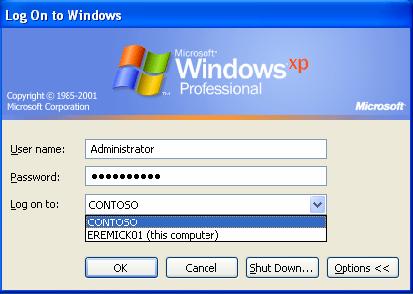

You can give name as per your convenience and naming policy used in your organization. Now, type a suitable name for your newly created GPO. We will link this GPO to desired OU later. This GPO will not be linked to any Organizational Unit by default. In the console tree, right-click on Group Policy Objects and select New to create a new Group Policy Object. This will open Group Policy Management Console. To do so, go to Run, type gpmc.msc and press Enter. Start the Group Policy Management snap-in. So, to create a Group Policy object (GPO) to change the administrator and guest account names, follow the steps shown below: Step 1: Create a New GPO SEE ALSO: How to Get the List of Local User Accounts from Domain Computers? A) Rename Local Admin Account Using GPOįirst of all, we will have to create a new GPO for renaming local admin account. You can enable both of them or any one using Group Policy. However on Windows 10 clients, Administrator and Guest accounts are disabled by default. So, you can use both of them or only the administrator one. Settings for changing Administrator and Guest account names lies on the same location.

So, first we will be creating a GPO for renaming Administrator account. So, in this tutorial, we will use two Group Policy Objects to Rename local Administrator account and Change Administrator’s password respectively. You can minimize the chances of misuse of these accounts by renaming them. This step-by-step tutorial explains how to rename the local admin account and change administrator password on client computers using Group Policy (GPO).


 0 kommentar(er)
0 kommentar(er)
